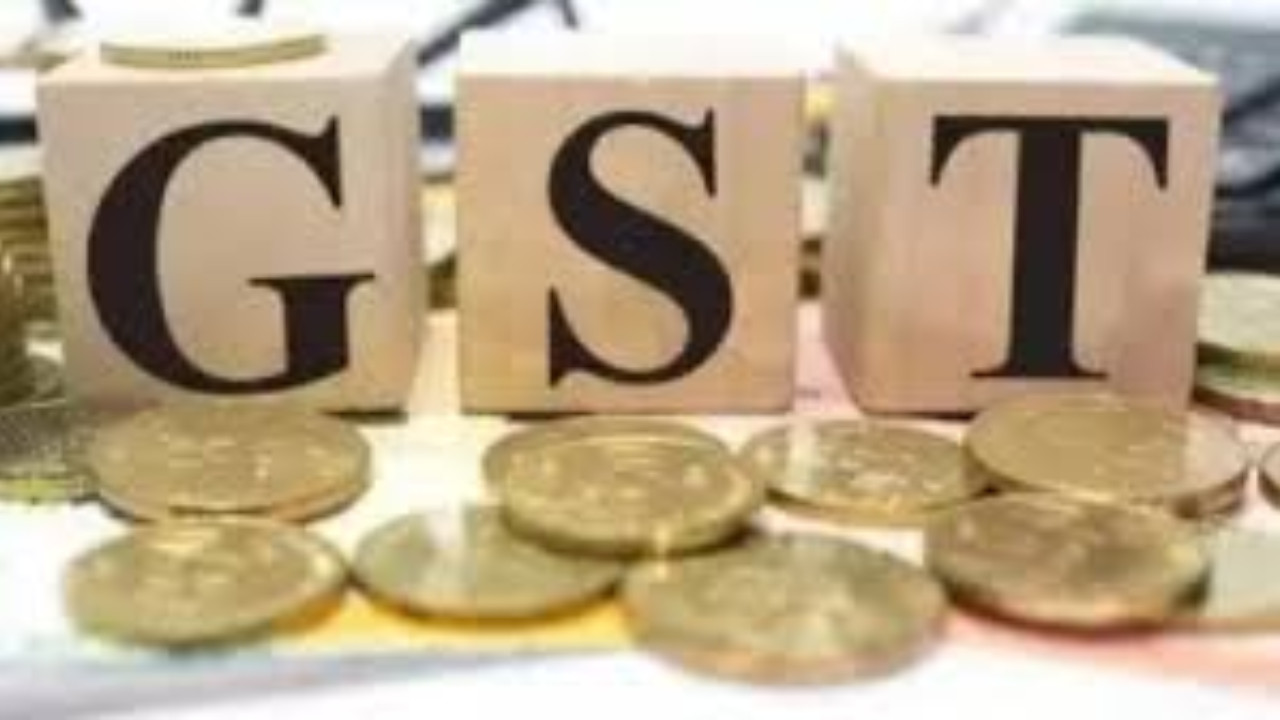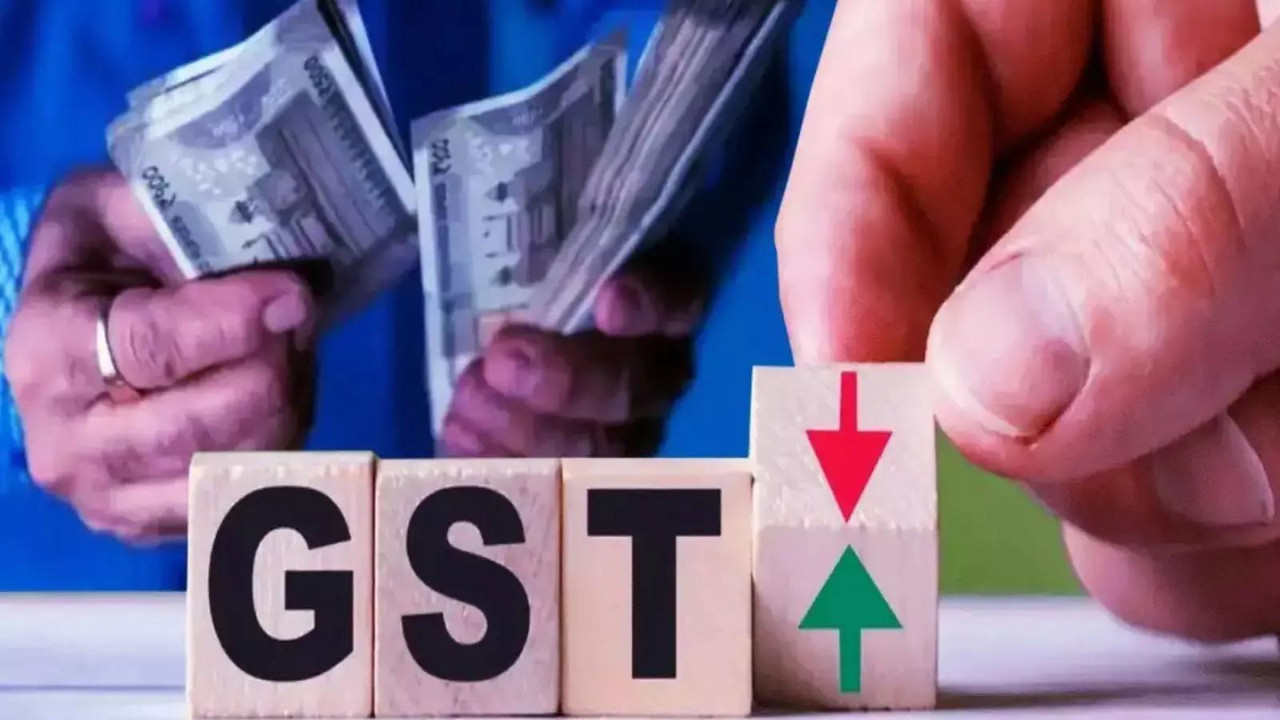India’s GST collections reached approximately Rs 1.96 lakh crore in October, a 4.6% year-on-year increase driven by strong festive demand and pent-up consumption. This growth occurred despite recent GST rate cuts, indicating robust consumer spending and effective business adaptation to the new tax structure.
India’s GST Story: A Festive Bloom Despite Headwinds
October painted a vibrant picture for India’s Goods and Services Tax (GST) collections, showcasing the resilience of the Indian economy even amidst global economic uncertainty. Reaching a notable ₹1.96 lakh crore, the GST revenue marked a 4.6% increase compared to the same period last year. This figure wasn’t just a number; it was a testament to the power of festive spending and clever fiscal maneuvering.
But let’s peel back the layers. While a 4.6% jump sounds positive, it’s crucial to remember that the rate of growth has slowed down in the last few months. It begs the question: is this a temporary festive surge, or does it reflect a more sustainable trend? The increase, though welcome, wasn’t quite as spectacular as some economists had projected.

Unpacking the October GST Numbers
Several factors contributed to this October figure. First and foremost, the festive season played a huge role. Diwali, Dussehra, and other significant holidays fueled consumer spending across various sectors, inevitably boosting GST collections. Think about all the gifts bought, the new clothes purchased, and the travel undertaken – all contributing to the overall GST pie.
However, the report also subtly points to the impact of earlier GST rate cuts. These reductions, intended to stimulate specific industries and ease the tax burden on consumers, seemingly had a slight dampening effect on the overall revenue growth rate. It’s a delicate balancing act: incentivizing consumption versus maximizing tax collection.
Is the Slower Growth Cause for Concern?
While October’s GST collections were a positive sign, the slightly diminished growth rate relative to previous months prompts a deeper analysis. Global headwinds, including inflationary pressures and geopolitical uncertainties, continue to cast a shadow over the global economic landscape. India, while relatively insulated, is not entirely immune to these forces.
Furthermore, input tax credit (ITC) mismatches, a persistent challenge in the GST system, may still be playing a role. Ensuring accurate and timely ITC claims is crucial for both businesses and the government, and any inefficiencies in this area can impact overall revenue collection. The government is working on streamlining these processes, but more needs to be done.
Sectoral Insights into the GST Landscape
Beyond the headline number, a closer look at sectoral contributions to the GST revenue reveals interesting trends. Sectors like consumer durables, automobiles, and e-commerce likely experienced substantial growth during the festive season, contributing significantly to the overall GST kitty. Understanding which sectors are driving growth – and which are lagging – is critical for targeted policy interventions. It could be that sectors with higher GST rates are disproportionally affected by economic uncertainty.
Consider the potential of the real estate sector, for example. With housing sales picking up in many urban centers, the industry represents a substantial GST revenue source with targeted investment incentives.
The Road Ahead for GST Collections in India
Looking ahead, maintaining the momentum of GST collections will depend on a confluence of factors. Continued festive spending, coupled with effective measures to address ITC mismatches and improve tax compliance, will be crucial. Furthermore, strategic policy adjustments and targeted incentives for specific sectors could help boost overall revenue growth. The upcoming months will be a telling period, revealing whether October’s performance was an isolated festive burst or a sign of sustained economic strength.
For businesses navigating the complexities of GST, staying informed and compliant is paramount. Our guide to [GST registration and compliance](internal-link-to-gst-guide) offers practical insights and guidance for seamless tax management.
In conclusion, October’s GST figures offered a mixed bag – a welcome increase fueled by festive demand, but a slower growth rate highlighting the need for continued vigilance and strategic policy interventions. The story of India’s GST is far from over; it’s an evolving narrative shaped by economic forces, policy choices, and the ever-changing consumer landscape. The future direction will depend on the government’s ability to navigate global challenges while optimizing the GST system for long-term growth and stability.







